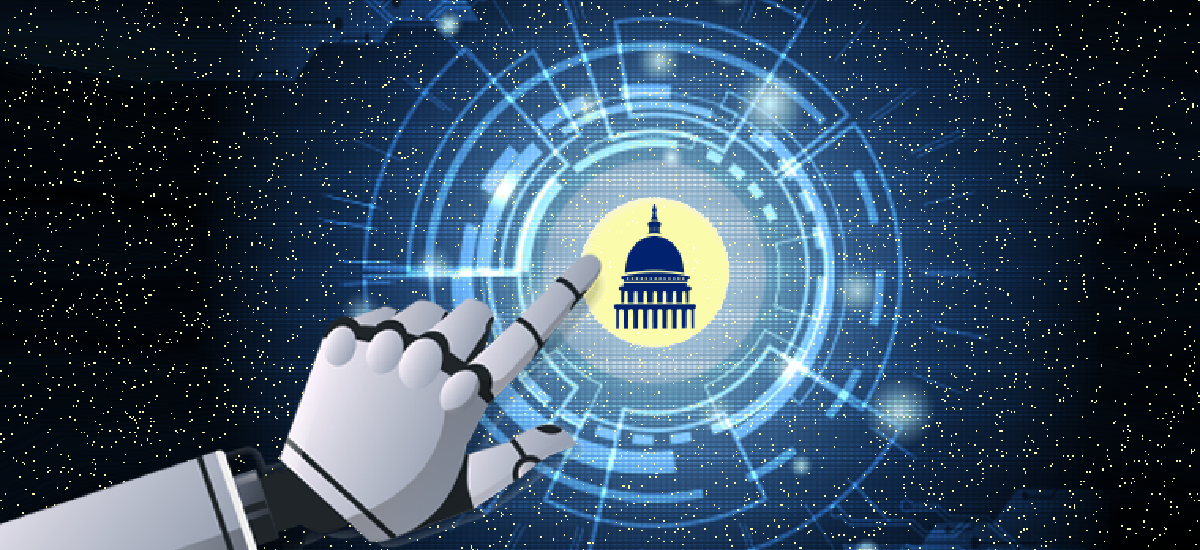
Navigating the AI Disruption: A Call to Action for Local Governments
Artificial Intelligence (AI) is no longer a distant technology of the future; it is here, reshaping industries and transforming workforces. For local governments, the rise of AI, particularly generative AI, presents both an opportunity and a challenge. As AI accelerates in its capabilities, public sector CIOs must act quickly to harness this disruptive force, ensuring their communities thrive in this new technological landscape.
Joe Markwith, a senior solutions architect with over 35 years of experience in technology services, offers a roadmap for local government leaders to navigate the impending AI-driven transformation. In his role as a chief strategist for CDW’s Mastering Operational AI Transformation (MOAT), Markwith stresses the urgency of the moment: “Extraordinary disruptions are coming to public and private sector jobs in the near future. Local government CIOs must prepare for the sweeping change to be brought by generative artificial intelligence.”
The Urgent Need for a Rapid Response
Traditionally, organizations facing significant changes may implement a 30/60/90-day plan to adapt. However, the rapid development of AI necessitates a faster approach. Markwith advocates for a 10/20/30 plan, allowing local governments to respond quickly and effectively. AI is evolving at an unprecedented pace, and those who delay risk being left behind.
CDW’s MOAT program is designed to help government leaders embrace AI disruption with confidence, equipping them with the necessary language, agility, and strategy. The goal is to separate the signal from the noise, enabling leaders to act on actionable insights and make informed decisions about integrating AI into their operations.
AI’s Impact on Government Jobs
While AI promises enhanced efficiency and improved service delivery, it also brings the potential for significant job displacement. According to Goldman Sachs, about 25% of current work tasks could be automated by AI across the U.S. and Europe. This shift will disproportionately affect roles commonly found in government, including:
- Office and administrative support (46%)
- Business and financial operations (35%)
- Management (32%)
- Computer and mathematics roles (29%)
- Educational instruction and library services (27%)
These statistics highlight the importance of preparing for workforce disruptions. Local governments, often slow to adapt due to bureaucratic structures, must accelerate their AI adoption strategies to remain agile and responsive to these changes. The alternative? Risk becoming the next Blockbuster, a once-thriving business that failed to anticipate technological change.
The Power of Multiagent AI
Markwith draws attention to the rapid evolution of AI, particularly the shift from single-prompt AI, like ChatGPT, to multiagent AI. With multiagent AI, several AI systems collaborate to solve complex problems, dramatically increasing efficiency and accuracy. For example, while ChatGPT 3.5 had a 48% success rate for zero-shot tasks, multiagent AI powered by the same technology boosts this success rate to 95%. This leap in capability is where the true potential — and disruption — lies.
Government IT leaders must understand that AI is no longer just a tool for automating simple tasks. It’s becoming an integral part of decision-making processes and service delivery. The faster local governments can embrace multiagent AI, the better positioned they will be to provide enhanced services to their citizens while maintaining efficiency.
Making the Case for AI to Employees and Citizens
One of the biggest challenges for local government CIOs will be making the case for AI, both to employees within the organization and the citizens they serve. Many people are apprehensive about the potential of AI, fearing it will lead to job loss or privacy concerns. To navigate this, Markwith suggests focusing on the positive impacts of AI — job creation, improved education, and enhanced quality of life.
By working with trusted partners, local governments can develop AI strategies that prioritize ethics, transparency, and workforce development. CDW’s MOAT framework can help local leaders run scenario planning exercises, ensuring they’re prepared to address AI’s challenges while maximizing its benefits.
Preparing for the Future
The public sector must act swiftly and strategically. AI is already reshaping the workforce, and local governments have a unique opportunity to lead in this space. By embracing AI now and adopting frameworks like MOAT, CIOs can ensure their organizations are equipped to handle the technological upheaval and continue to provide high-quality services to their communities.
As Markwith points out, the key is ownership: “The goal is for the local government and the community to own AI so that AI doesn’t own them.”



